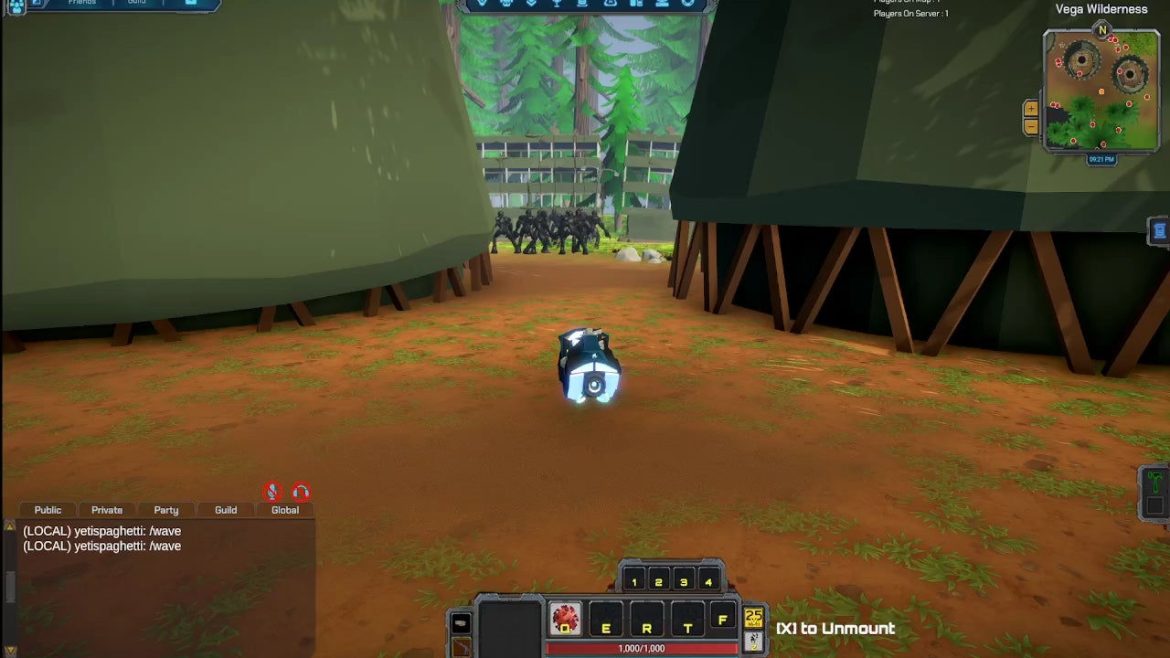
In a previous article I briefly touched on how much food weighs when you’re trying to feed cities and armies. This reminded me of one of the problems the storyteller often encounters, which is food. Most of us tend to generally gloss over this, we also tend to let our characters have access to diets that just wouldn’t be available. Of course, that’s exactly what you should do. Nobody wants to play a game or read a book that mentions every time the characters eat. This applies to just about every detail, you don’t go around routinely describing the background all the way down to what sort of doorknob or curtains are in sight.
However, there are times when you do want to focus on small details. Never too much, and never repeating the same family of details over and over. Food tends to be a good one, because for people doing a lot of traveling it represents a very large, very spoilage-prone factor.
First, the diet of the common people, until recent times, was very monotonous. People rarely had, or were allowed to have, ovens in their house. So they used communal ovens to make bread. In their own homes they tended to eat pottage, which was basically stew. You kept a kettle full of the stuff and threw in new bits – vegetables, meat, oats – whenever you took some out, assuming you had anything to put in. Salt and spices were very valuable and welcome, as you might guess.
Meat was rare, and basically limited to how much free space there was to feed livestock from. Grass doesn’t require much effort to grow, but a field that can grow grass can grow food, and as population rose, space for grazing grew limited. Roughly speaking, it take around a dozen times more food to grow a pound of meat. There were always grazing in fallow fields from crop rotation, fish, hunting, and birds. Planting season attracted birds to the seed, and skill with a sling saved your seeds and put some meat in the pot. They also drank a lot of beer, mostly for the calories and weaker stuff, but they consumed a lot of it. This, essentially, was the diet available to peasants.
Heroes and adventurers usually have a lot more cash at hand. So they can eat what they please, assuming it’s in the area and in season. Unfortunately they have to carry it around.
So how much does food weigh? How long does it last?
You’ve probably heard of Hardtack, which is a lot like a cracker. It’s pretty jam pack full of calories, around 2000 a pound, and it was the Twinkie of its day. That is to say, it lasted forever. It was a major staple for soldiers in the Civil War, and often people ate hardtack that had been produced during the Mexican-American War over a dozen years before. If you keep it dry, it last for years, and if you plan to eat it, you dunk it in coffee or brine or even fried it. Eating hardtack is essentially an exercise in masochism.
Some armies did fairly well by their soldiers, for instance, during the American Revolution this was the daily ration for soldiers:
l6 oz. Beef, 18 oz. Flour, 16 oz. Milk, 1 qt. spruce beer, 6.8 oz. Peas, 1.4 oz. Rice, .1830 oz. Soap, .0686 oz. Candle – From the US Army Quartermaster Foundation – not too bad really.
As you may have noticed this is food prone to spoilage, and also includes a lot of meat, and as was mentioned above, meat is plentiful while you have low populations densities, which was of course the case in the US circa 1776. We were still basically using medieval growing methods back then too. Chemical fertilizers and tractors were still a century off. As a side note, everything on that list except for the soap is edible. Yeah, apparently you can actually eat a tallow candle, not that I’d advise it. Tallow is made from rendering down fat. It’s in the soap too, but so is potash, alkali, and lime, not recommended for consumption. Boiling down boot leather happened sometimes too.
Speaking of boot leather… jerky tended to be a fairly common staple of the traveler too. It’s almost all protein, 1 oz is 116 calories, 1856 calories a pound, similar to hardtack. Needless to say, this sort of diet involves a lot of chewing. Hard cheese, nuts, and sausage also tend to supplement this sort of diet. This basically is the diet available to anyone who was planning to have to carry their food and needed it to last. Depending on where you’re at you may be able to hunt and forage, but otherwise you have to carry it or go without. You’re also burning more calories while walking, so a conservative estimate would be that ten pounds of these sorts of food will last you a week, and probably leave you a few pounds lighter. Regarding that, a pound of fat has about 3500 calories in it, and tallow is also on that list of light and durable foods, weighing about half as much per calorie as the others. I won’t speculate on taste, but it was routinely carried and used for and in cooking. You may also have heard of suet, which is actually what tallow is made from via rendering, unfortunately it doesn’t have a good shelf life.
So that is essentially your list of trail rations, which remained fairly unchanged until the invention of canning in the 19th century. Not too appetizing I’m afraid.
